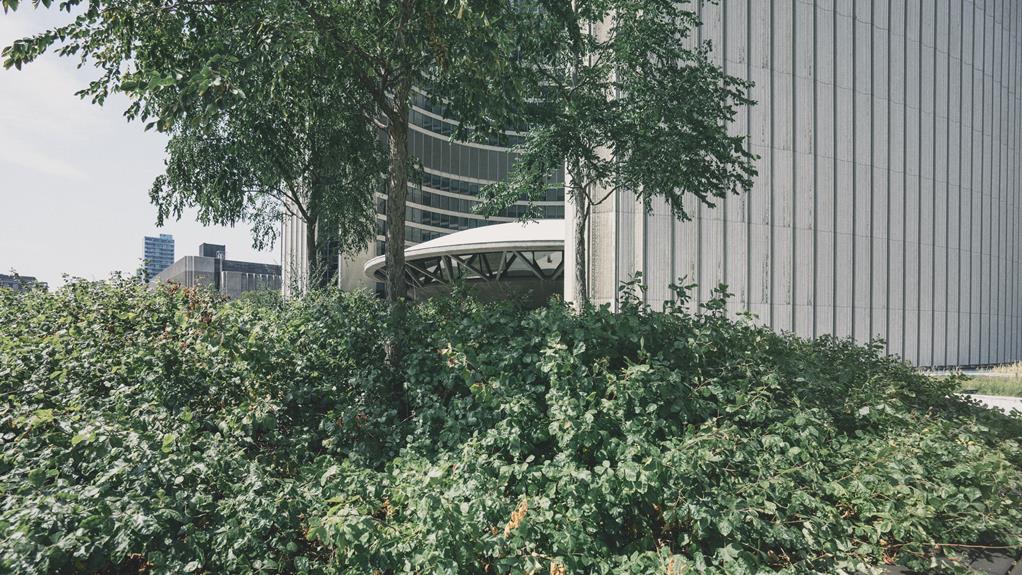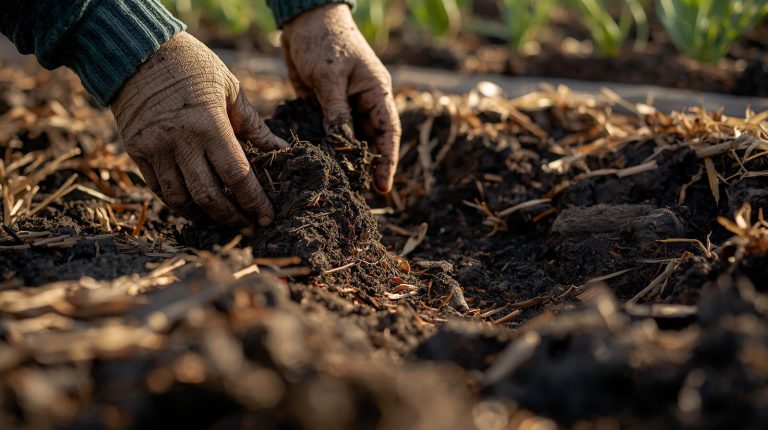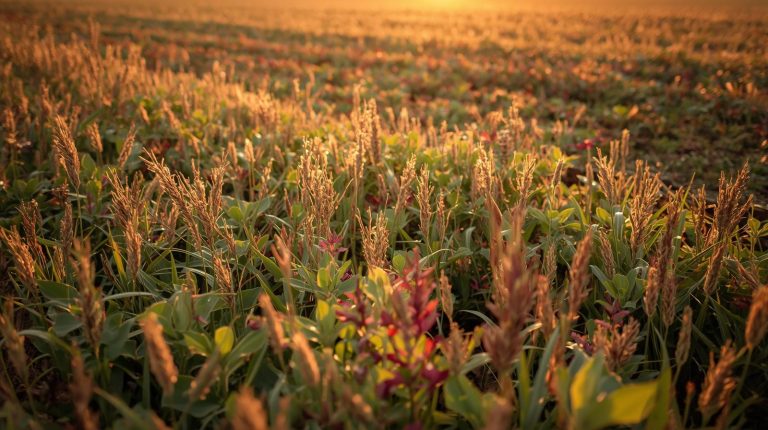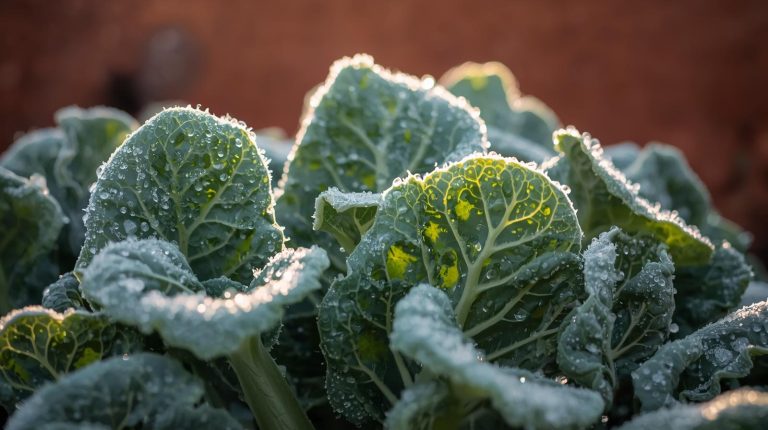Welcome to our ‘Guide to Transforming Your Garden Into a Sustainable Landscape’! Are you ready to join us on a journey towards creating an environmentally-friendly oasis right in your backyard?
In this guide, we will provide you with a comprehensive set of tips and strategies that will help you turn your garden into a haven for both nature and yourself.
By incorporating practices such as planting for pollinators, implementing rainwater harvesting systems, and using eco-friendly pest control methods, you can reduce your environmental impact and support local ecosystems.
Together, we can create a beautiful and self-sustaining landscape that not only enhances our surroundings but also contributes to a more sustainable future.
Let’s get started!
Plant Selection for Sustainability
We recommend selecting a diverse range of native plants for a sustainable garden. Native plants are essential for sustainable landscaping practices because they’re adapted to the local climate and soil conditions. By choosing native plants, we can reduce water usage and create a habitat that supports local wildlife.
Native plants require less maintenance and are more drought tolerant, which means we can conserve water while still having a beautiful and environmentally friendly garden. Additionally, native plants play a crucial role in carbon sequestration and improve soil health by providing organic matter and preventing erosion.
When selecting plants, it’s important to choose appropriate species for your specific region and soil type to ensure their success and long-term sustainability. By incorporating native plants into our gardens, we can create a thriving ecosystem that benefits both us and the environment.
Soil Health and Improvement
To enhance the sustainability of our garden, we can improve the health and quality of our soil through the addition of organic matter and the implementation of proper mulching techniques.
Sustainable landscape design begins with the foundation of healthy soil. By adding organic matter such as compost or leaf mulch, we can enrich the soil with essential nutrients and promote the growth of beneficial microorganisms. This not only improves soil structure but also increases its water-holding capacity, reducing the need for excessive watering and aiding in water conservation efforts.
Proper mulching techniques further enhance soil health by retaining moisture, preventing erosion, and reducing weed growth.
Additionally, incorporating native plants and edible plants into our garden not only supports wildlife habitats but also reduces the need for invasive plants and excessive grass, thereby creating a more sustainable and environmentally friendly landscape.
Water Conservation and Management
We frequently conserve and manage water in our garden by implementing sustainable practices. One of the key ways we achieve this is by using native plants in our landscape.
Native plants are well adapted to the local climate and require less water and maintenance compared to non-native plants. By reducing the amount of grass in our garden and replacing it with native plants, we not only conserve water but also create a sustainable garden that supports local ecosystems.
Additionally, we utilize rain barrels to collect rainwater, which can be used for watering plants and cleaning outdoor areas. Another landscaping idea we incorporate is the use of artificial grass, which eliminates the need for water and fertilizer.
We also recycle grass clippings as mulch, which helps retain moisture in the soil and conserves water. By adopting these practices, we actively contribute to water conservation and management in our garden.
Eco-friendly Pest Control
For eco-friendly pest control in our garden, we prioritize natural methods to protect our plants. By creating a sustainable garden with native plants, we can reduce the risk of pest infestations.
Native plants provide a balanced ecosystem that attracts beneficial insects, such as ladybugs and predatory wasps, that feed on garden pests. We also use physical barriers like netting or row covers to shield our plants from pests, reducing the need for chemical pesticides.
Introducing biological controls, such as nematodes, further enhances our eco-friendly pest control efforts. Planting tagetes around tomatoes helps deter whiteflies, while garlic and onions between carrots deter carrot root fly.
Implementing Sustainable Design Techniques
By incorporating sustainable design techniques, our garden becomes a model for environmentally conscious landscaping. With the help of a knowledgeable garden designer, we can create a visually appealing landscape that not only reduces waste but also conserves water and benefits local wildlife.
One way to achieve this is by choosing native plants that are adapted to the local climate and require minimal maintenance. These plants not only support the local ecosystem but also reduce our carbon footprint by eliminating the need for excessive watering, fertilizers, and pesticides.
Additionally, we can use landscaping techniques such as rainwater harvesting and mulching to further conserve water and promote soil health.
Conclusion
In conclusion, by implementing the tips and strategies outlined in the ‘Guide to Transforming Your Garden Into a Sustainable Landscape,’ we can’t only create a beautiful and self-sustaining garden but also make a positive impact on the environment.
Through thoughtful plant selection, soil improvement, water conservation, and eco-friendly pest control, we can support local ecosystems and reduce our environmental footprint.
So let’s get started and transform our gardens into sustainable havens that inspire and nurture both nature and ourselves.
Let’s grow a greener future together!




